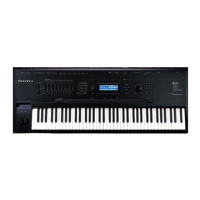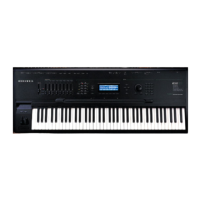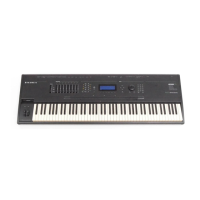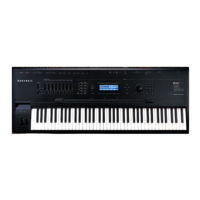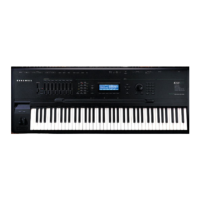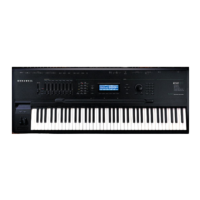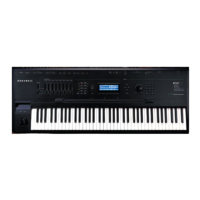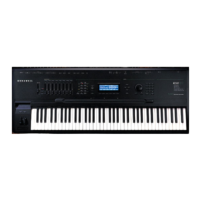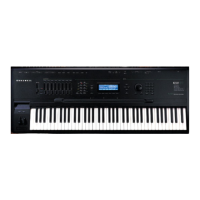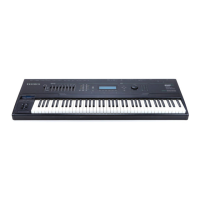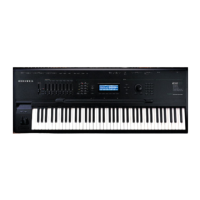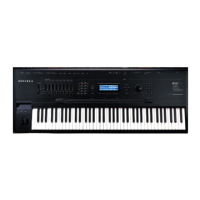DSP Functions
Filters
14-15
One-pole Allpass Filter (ALPASS)
Allpass filters do not affect a sound’s frequency response (the amplitude of partials at various
frequencies), but change the phase of each partial depending on its proximity to the center
frequency. The phase shift is -90 degrees for partials at the center frequency. It rises toward 0
degrees for partials at frequencies below the center, and falls toward -180 degrees for partials at
frequencies above the center. With low-frequency waveforms, you’ll be able to hear this phase
shift. As a rule, however, the ear is not sensitive to phase shifts unless they’re changing, so
you’ll usually want to use Source 1 or 2, and assign an LFO to sweep the center frequency up
and down.
Periodic phase shifts like those induced by an LFO on the center frequency will cause a vibrato-
like variation in the pitch of a sine wave input. This vibrato effect will be less regular for more
complex partials. The greater the depth setting of the control source using the LFO, the greater
the vibrato effect.
The amount of vibrato effect also depends on the speed and amount of the phase shift. Try
adjusting the rate of the LFO controlling the center frequency. Another way to increase the
amount of phase shift is to use the two-pole allpass filter, or to use the one-pole allpass filter in
more than one algorithm block.
-180
-160
-140
-120
-100
-80
-60
-40
-20
0
10 100 1000 10000 100000
Frequency in Hertz
Phase in degrees
Cutoff frequency
from C 4 to C 10
C 4
C 10
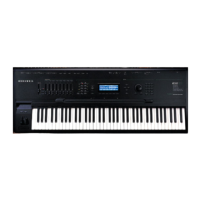
